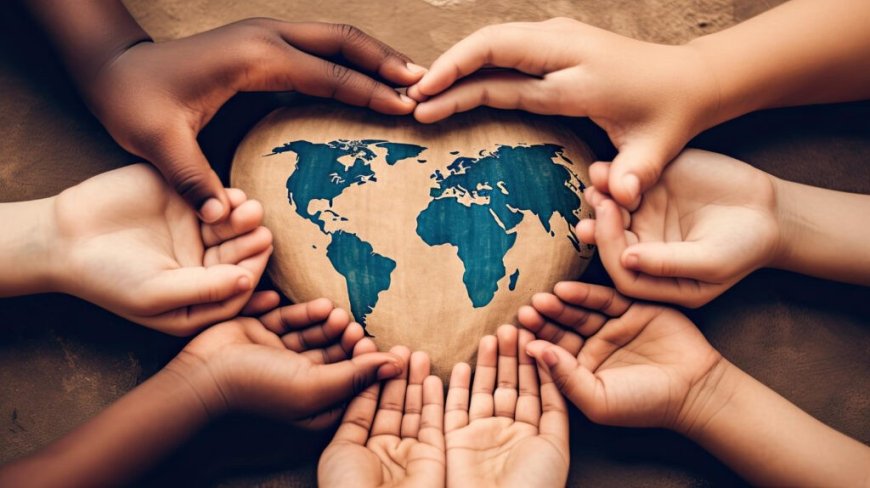Coming Out in Different Cultures: Challenges and Triumphs
Explore the diverse experiences of coming out across various cultures, the unique challenges faced, and inspiring stories of triumph and acceptance.

Coming Out in Different Cultures: Challenges and Triumphs
Coming out is a deeply personal journey that is shaped not only by individual identity but also by the cultural context in which a person lives. Different cultures around the world hold varying beliefs, traditions, and societal norms regarding sexuality and gender identity. These cultural factors can greatly influence the experience of coming out, presenting unique challenges and opportunities for triumph.
The Role of Culture in Shaping Sexual Identity
Culture provides the framework through which people understand themselves and their place in society. In many cultures, heteronormativity—the expectation that everyone is heterosexual—is deeply embedded, and deviation from this norm can be met with confusion, rejection, or even hostility. For LGBTQ individuals, navigating these cultural expectations can be complex and emotionally taxing. It’s important to recognize how culture impacts one’s self-perception and decisions about coming out.
Challenges Faced by LGBTQ Individuals in Different Cultures
One of the primary challenges is the fear of ostracism or losing community and family support. In collectivist cultures, where family honor and social harmony are prioritized, coming out may be seen as a threat to family reputation. This can lead to emotional isolation, discrimination, or even violence. Additionally, some cultures have legal restrictions or societal taboos against LGBTQ identities, increasing the risks associated with coming out.
Religious Influences and Coming Out
Religious beliefs often play a significant role in shaping attitudes toward sexuality. In some cultures, dominant religious doctrines condemn LGBTQ identities, contributing to feelings of guilt and shame. However, it’s important to note that religious communities vary widely, and many are becoming more inclusive and supportive. The intersection of faith and sexual identity remains a critical area of both challenge and hope for many individuals.
Examples of Cultural Variations in Coming Out
In Western societies, coming out is often framed as an act of personal empowerment and authenticity. Open discussions about sexuality are more common, and legal protections may exist for LGBTQ people. Conversely, in many Asian, African, and Middle Eastern cultures, coming out can be a secretive and gradual process, sometimes involving code-switching between different social settings. Understanding these nuances helps foster empathy and support across cultures.
Triumphs: Stories of Acceptance and Resilience
Despite challenges, many LGBTQ individuals have found strength and resilience within their cultural contexts. Stories of families coming to accept their loved ones, communities rallying around queer members, and activists creating safe spaces highlight the possibilities for change. These triumphs show that cultural values can evolve, allowing for greater inclusion without losing their unique identities.
Strategies for Navigating Coming Out in Different Cultures
Approaching coming out thoughtfully and strategically can help mitigate risks. Building a supportive network, seeking out affirming community groups, and educating oneself about both local cultural attitudes and LGBTQ issues are vital steps. Some individuals choose to come out selectively, sharing their identity with trusted friends or family first. Respecting one’s safety and emotional well-being is paramount.
The Role of Allies and Global LGBTQ Advocacy
Allies play an important role in bridging cultural divides and fostering acceptance. International organizations and movements have increased visibility and support for LGBTQ rights globally. These efforts contribute to raising awareness, challenging prejudices, and providing resources to those in more restrictive environments.
Conclusion: Embracing Diversity in the Coming Out Journey
Coming out is not a one-size-fits-all experience. Culture profoundly shapes this process, influencing both the obstacles and opportunities faced by LGBTQ individuals. Recognizing and respecting cultural diversity while advocating for acceptance and human rights is essential. Ultimately, every coming out story is a powerful testament to courage, identity, and the universal desire to live authentically.











